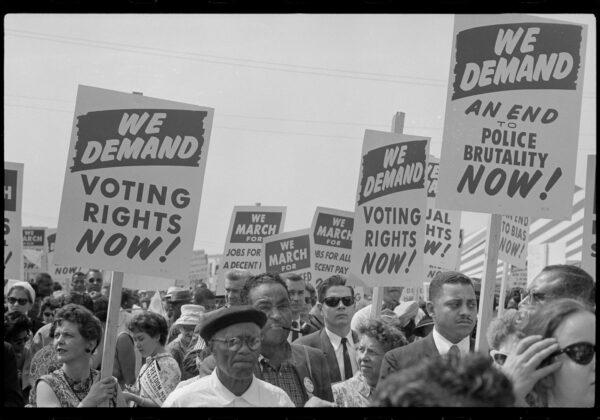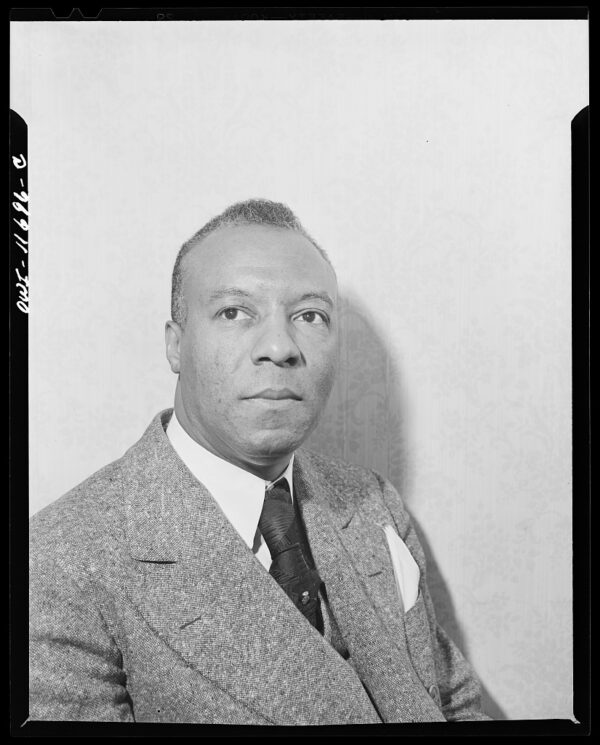
Why We March: The March on Washington and the March for Our Lives
In this lesson, students will take a deep dive into the motivations of Americans who participate in non-violent protests throughout history.
acf domain was triggered too early. This is usually an indicator for some code in the plugin or theme running too early. Translations should be loaded at the init action or later. Please see Debugging in WordPress for more information. (This message was added in version 6.7.0.) in /nas/content/live/ncchredu/wp-includes/functions.php on line 6121
A. Philip Randolph was a prominent labor and civil rights leader who played a crucial role in organizing the 1963 March on Washington for Jobs and Freedom. As the founder of the Brotherhood of Sleeping Car Porters, he had long fought for economic justice and racial equality, pressuring President Franklin Roosevelt to desegregate the defense industry and federal workforce by threatening to host a march in Washington. Working with Bayard Rustin in 1962, he proposed a new mass march to push for civil rights legislation, and leaders like Martin Luther King Jr. and others soon joined, agreeing that a large-scale demonstration was necessary to move the movement forward. His vision for the march emphasized the connection between racial justice and economic opportunity, helping to shape its demands for jobs, fair wages, and civil rights legislation. Randolph’s leadership and lifelong activism laid the groundwork for future movements advocating for both economic and racial justice.
Featured in

In this lesson, students will take a deep dive into the motivations of Americans who participate in non-violent protests throughout history.